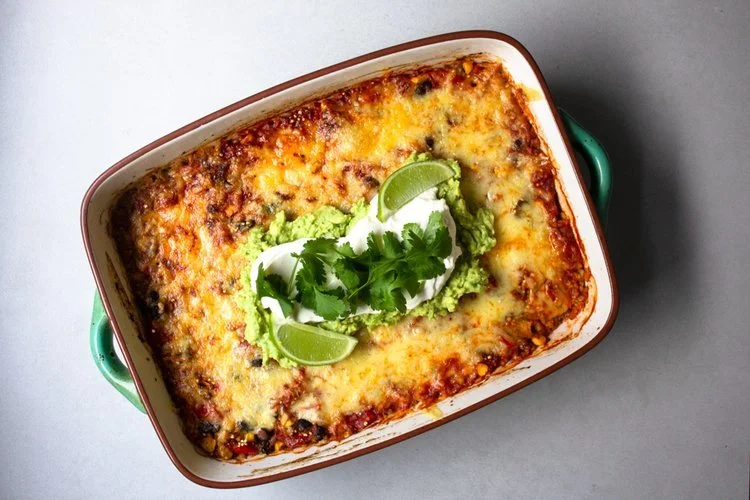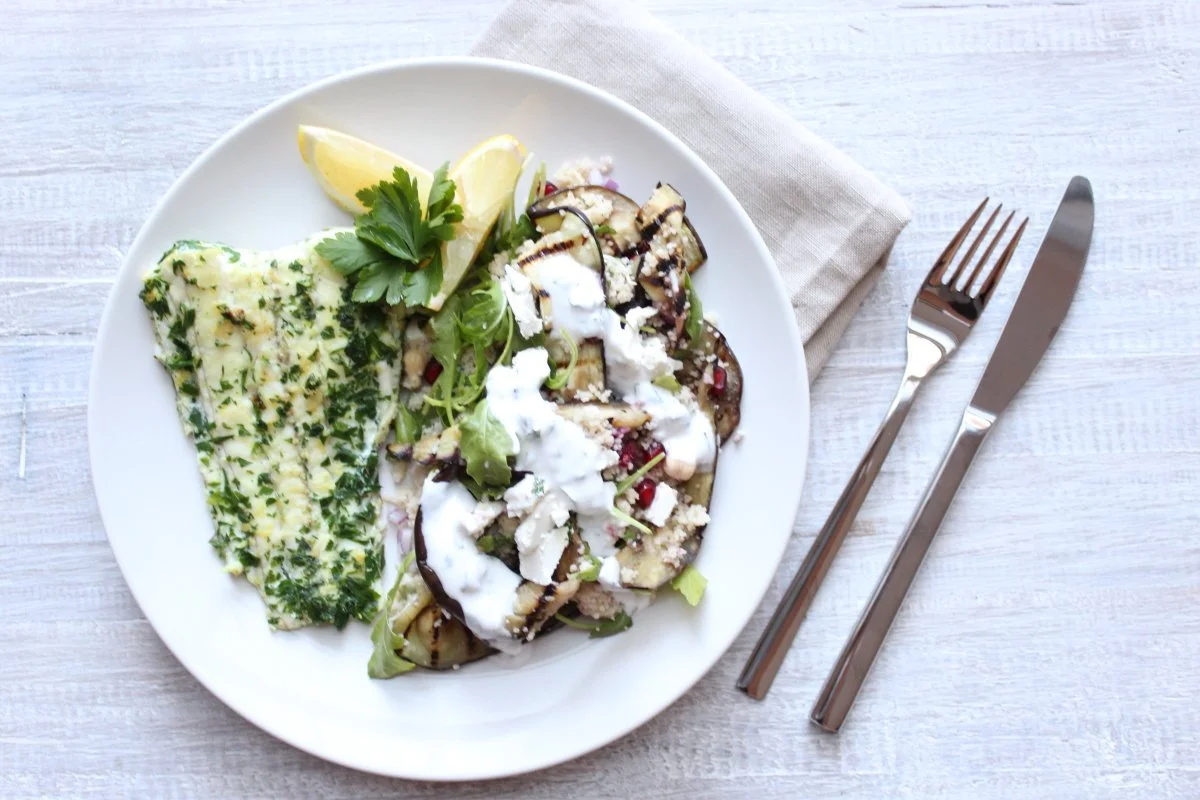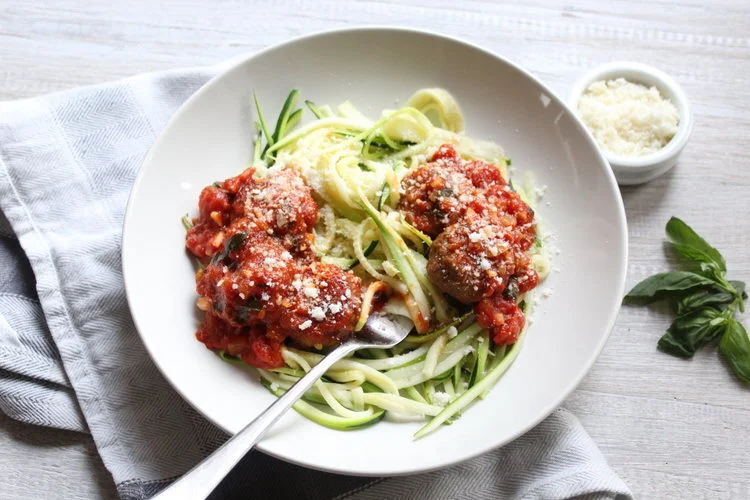
BLOG
What’s your plan B?
Quick and Healthy Meal Ideas for when time is tight. Discover simple and healthy meal options to save the day when you're short on time, ingredients or feeling lazy. Say goodbye to takeout (or pick the better option) and hello to easy, nutritious alternatives.
My Top Tips for Fussy Eaters
Guess what, even Nutritionists can have fussy eaters! Here I am sharing as many tips as possible that I have collated over the last two years of having a non adventurous eater.
5 Winter Warmer Recipes
I don’t know about you but eating raw salad and drinking smoothies doesn’t quite cut it for me in the Winter so I’m bringing you 5 Winter Warmer Recipes to rotate into your meal plan over the coming months.
10 Good Mood Food Recipes
Don’t let the winter blues get you down, these foods are packed with foods that can boost your mood!
5 Ways You Can Improve Your Gut Health With Things You Likely Already Have In Your Kitchen!
5 Ways you can improve your gut health with things you likely already have in your kitchen!
Nutrient boosting hacks for kids!
It can be a challenge come meal time with children. This article shares my top tips to boost nutrients in your kid’s meals!
10 Good For Your Gut Recipes
These 10 recipes prioritise key nutritional properties to help your gut thrive!
My Top 5 Healthiest and Most Affordable Foods
Read on to find out my top five most healthy & affordable foods. You’re going to want to add these to your shopping cart.









